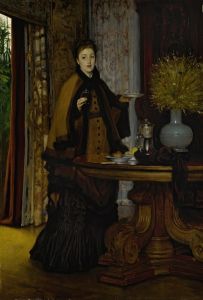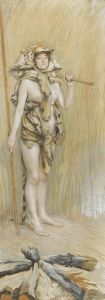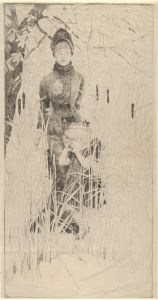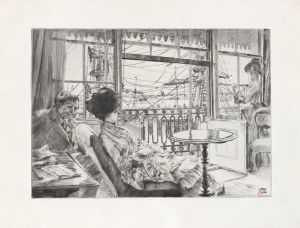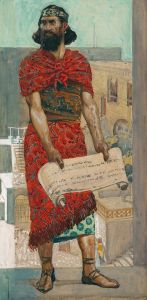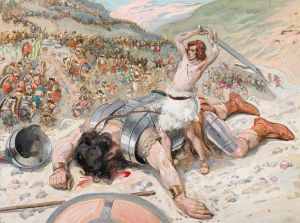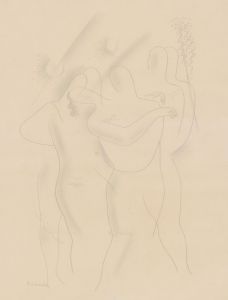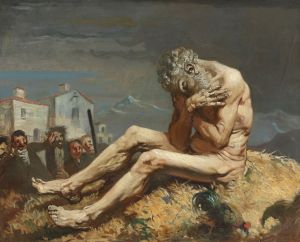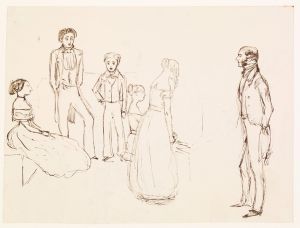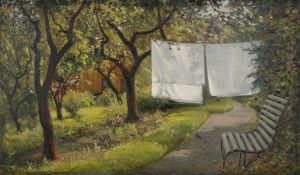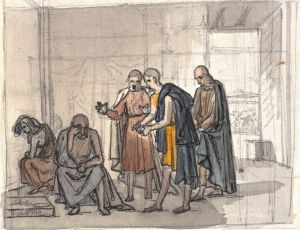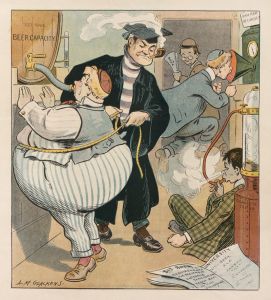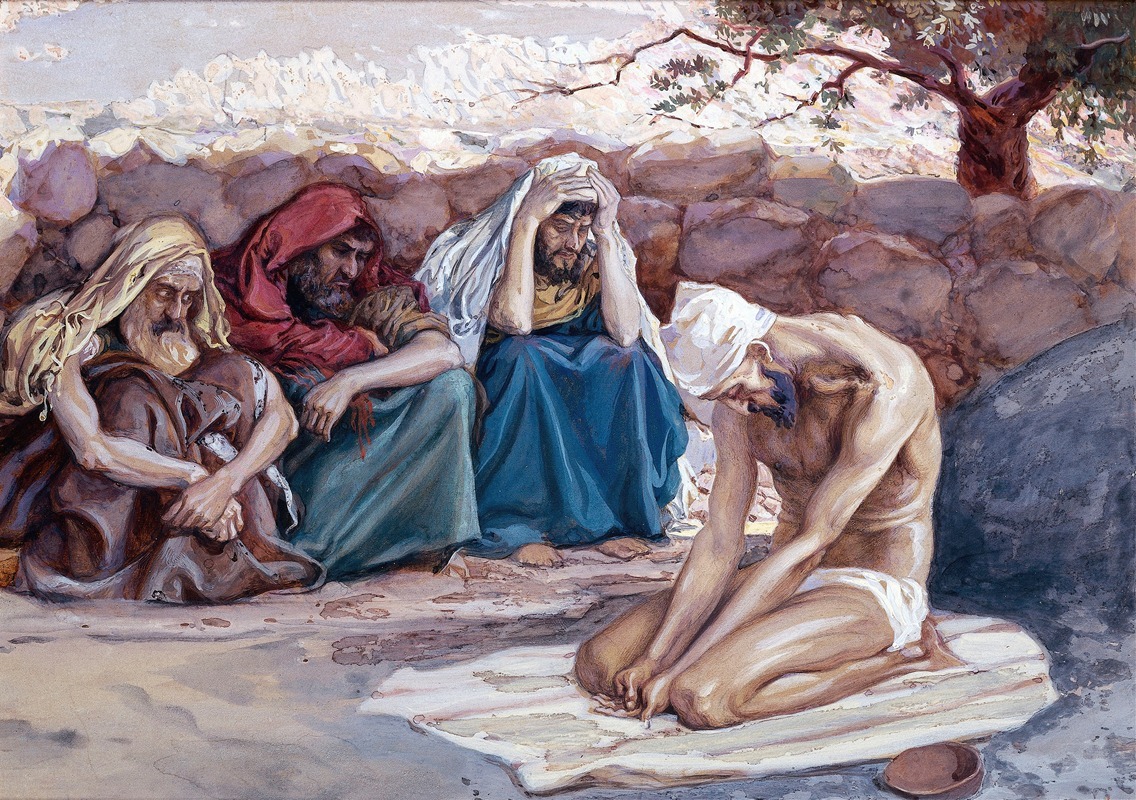
Job and His Three Friends
A hand-painted replica of James Tissot’s masterpiece Job and His Three Friends, meticulously crafted by professional artists to capture the true essence of the original. Each piece is created with museum-quality canvas and rare mineral pigments, carefully painted by experienced artists with delicate brushstrokes and rich, layered colors to perfectly recreate the texture of the original artwork. Unlike machine-printed reproductions, this hand-painted version brings the painting to life, infused with the artist’s emotions and skill in every stroke. Whether for personal collection or home decoration, it instantly elevates the artistic atmosphere of any space.
James Tissot's painting "Job and His Three Friends" is a notable work that reflects the artist's interest in biblical themes, a subject he explored extensively in the latter part of his career. Tissot, a French painter and illustrator, is renowned for his detailed and evocative depictions of biblical narratives, and this painting is part of his larger series illustrating the Bible.
"Job and His Three Friends" is based on the Book of Job from the Old Testament, a text that explores themes of suffering, faith, and divine justice. The story of Job is one of the most profound and philosophical in the Bible, focusing on a man named Job who is tested by God through immense personal suffering. Despite losing his wealth, health, and family, Job remains steadfast in his faith. The narrative also includes the dialogues between Job and his three friends—Eliphaz, Bildad, and Zophar—who visit him to offer their perspectives on his suffering.
In Tissot's painting, the artist captures a moment of interaction between Job and his friends. The composition is likely to emphasize the emotional and spiritual tension present in these dialogues. Tissot's attention to detail and historical accuracy in costume and setting is evident, as he was known for his meticulous research into the historical and cultural contexts of his biblical subjects. This dedication to authenticity adds a layer of depth to the painting, allowing viewers to engage more fully with the narrative.
Tissot's approach to biblical illustration was unique for his time. After experiencing a religious awakening in the late 1880s, he devoted much of his artistic efforts to creating a comprehensive visual representation of the Bible. This project resulted in a series of over 350 watercolors, which were later published as "The Life of Christ" and "The Old Testament." "Job and His Three Friends" is part of this ambitious endeavor, showcasing Tissot's ability to convey complex theological themes through art.
The painting is characterized by Tissot's distinctive style, which combines elements of realism with a keen sense of drama and emotion. His use of color, light, and composition work together to draw the viewer into the scene, encouraging contemplation of the moral and existential questions posed by the story of Job. Tissot's work in this series was well-received, and it played a significant role in reviving interest in biblical art during his time.
"Job and His Three Friends" is housed in the Jewish Museum in New York, where it is part of a collection that highlights Tissot's contributions to religious art. The painting, along with the rest of Tissot's biblical series, continues to be appreciated for its artistic merit and its insightful interpretation of biblical texts. Through works like this, Tissot has left a lasting legacy in the realm of religious art, offering viewers a window into the spiritual and moral dilemmas that have been contemplated for centuries.





